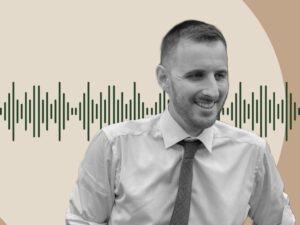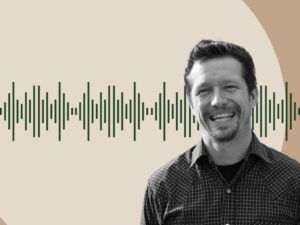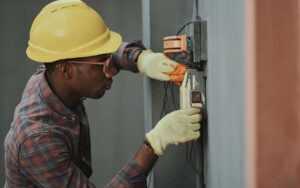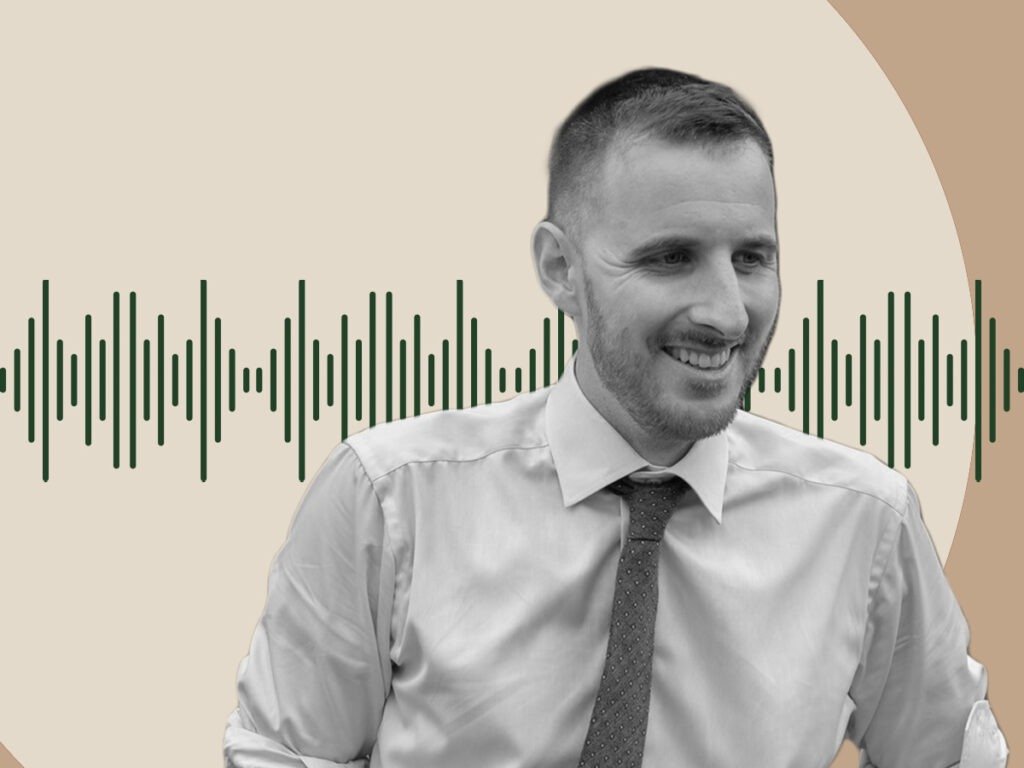
April 21, 2016; Plain Dealer (Cleveland, OH)
A new study by the Center on Urban Poverty and Community Development at Case Western Reserve University, “Leveraging Integrated Data Systems to Examine the Effect of Housing and Neighborhood Conditions on Kindergarten Readiness,” concludes that exposure to lead and bad housing combine to deliver “a double whammy: Children with both disadvantages performed the worst, scoring 15 percent lower than their peers in better housing with no history of lead poisoning.”
The link between lead and intellectual performance is pretty well established, but how does “bad housing” affect academic achievement in kindergarten? Study director Claudia Coulton is quoted in the article saying, “The researchers haven’t yet examined how housing quality could directly impact kids’ test scores, but it’s clear that it’s an issue that needs attention. With the extent of this problem, you really can’t just react to the problem and expect to have an effect. To truly prevent these issues, you have to address the housing.” It sounds like a prescription for confusion.
The obscurity of the mechanism by which “bad housing” affects kindergarten performance does not deter city fathers from offering solutions. The article cites former County Auditor Jim Rokakis, a proponent of mass demolition of old/abandoned housing, as saying that bad housing needs to be demolished. “Every time we bring one of these houses down, we take one source of potential lead poisoning out of the stream. But that’s only part of the problem.” Coulton echoed that sentiment: “There are so many bad houses. We don’t even need all these bad houses.”
City Councilperson Brian Cummins has a different take. “We should do everything we can to link that data and make that be known so that a well-informed mom can find a way to know that children shouldn’t live in those homes….” Oh, good; an interactive database for moms on what properties to avoid.
Contrast the CWRU study with a new book, Coming of Age in the Other America, which documents the experience of young people in Baltimore who participated in the “Move to Opportunity” (MTO) program. MTO is a federal program that moved young families out of “the worst” neighborhoods into slightly better communities, which were less impacted by crime, violence and poverty. The researchers studied the social and occupational trajectories of a cohort of children who were moved out of “the projects.” It turns out that the successes and failures of these young people have complex personal and social origins, but, by and large, most found improved the life chances of the young people compared to a sample of youth who remained in the lowest income neighborhoods.
Sign up for our free newsletters
Subscribe to NPQ's newsletters to have our top stories delivered directly to your inbox.
By signing up, you agree to our privacy policy and terms of use, and to receive messages from NPQ and our partners.
Interestingly, this past week another work offered a mechanism for understanding how bad neighborhoods stifle social and academic achievement. The Washington Post’s article “How violence shapes children for life” describes how “childhood trauma” has lasting psychosocial impacts on young people:
Patrick Sharkey, a sociologist at New York University, suspected part of the answer: These places have pockets of deep violence and high crime rates, and the fraying neighborhoods that come with them. In Chicago, Sharkey had found that black children performed worse on vocabulary and reading assessments when a homicide occurred in their neighborhood in the previous week. If violence impairs how children learn and navigate life, he figured, it could be a key to economic mobility. “All of the evidence generated to this point,” Sharkey says, “suggests that it should be.”
“Bad houses” might not be a cause, but simply a marker for violent neighborhoods.
So maybe demolition helps remove poisoned houses (if done carefully), but how do you demolish bad neighborhood fraught with crime and violence? It’s not clear that treating houses works in that case. Perhaps Cleveland (and Cuyahoga County) leaders could focus on improving social mobility so that children in the most violent and traumatic neighborhoods could move to even marginally safer areas of the county.
Maybe Cleveland can follow the lead of the Greater Cincinnati Foundation, which sponsored “Embracing Equity: An Economic and Social Imperative” just last month. Keynote speaker Amanda M. Navarro offered eight goals developed by her organization, PolicyLink.
- Grow good, accessible jobs that provide pathways to the middle class.
- Increase the economic security and mobility of vulnerable families and workers.
- Cultivate homegrown talent through a strong cradle to career pipeline.
- Create healthy, opportunity-rich neighborhoods for all.
- Build resilient, connected infrastructure.
- Increase access to high-quality, affordable homes and prevent displacement.
- Expand democracy and the right to the city.
- Ensure just policing and court systems.
Maybe Cleveland is too busy hosting the Trumpists and Cruzers to have time to offer something other than demolition and interactive databases to its children. Maybe after the Republican National Convention, city leaders can revisit the study and consider real change for a change.—Spencer Wells













